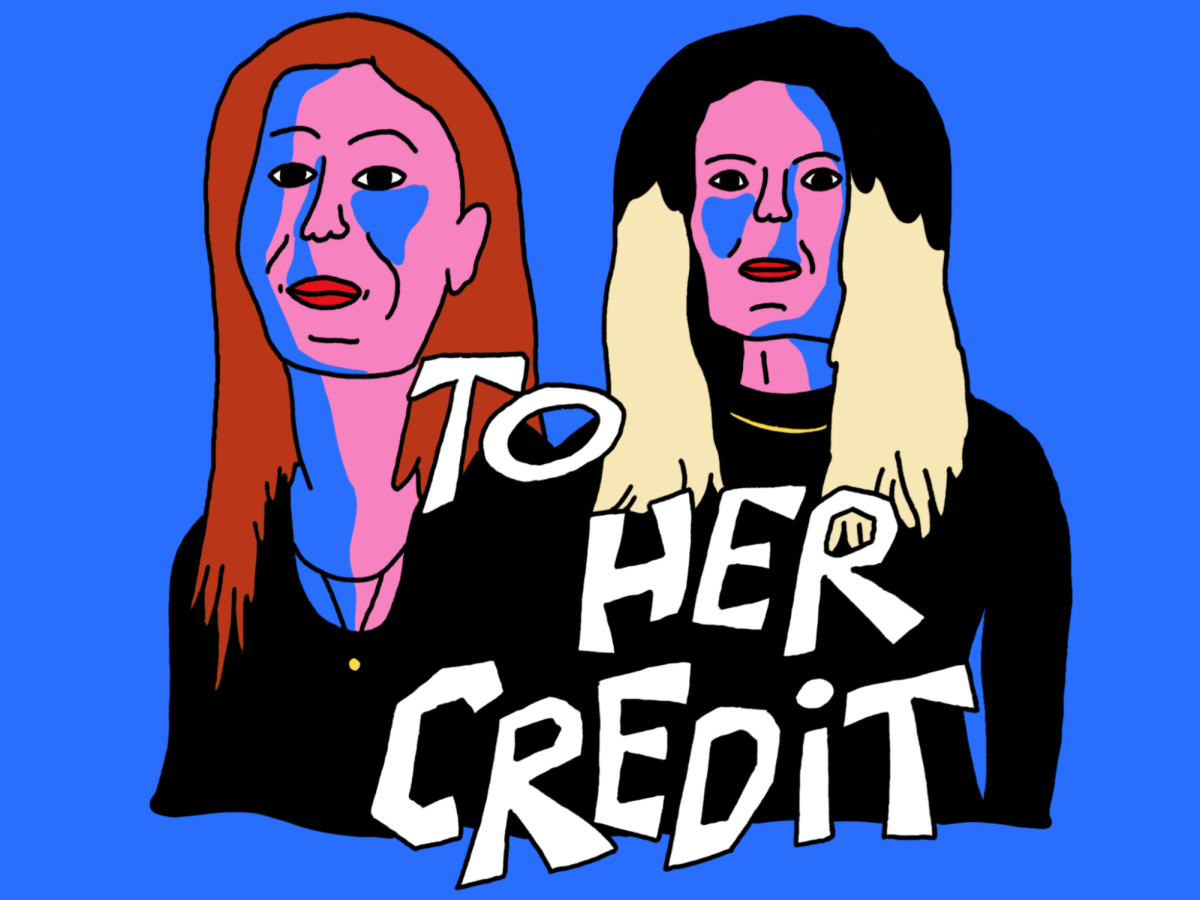NYU alums Kaitlin Culmo and Emily McDermott are redefining how women are viewed in history with their new book, which catalogs achievements made by women that have long been ignored or attributed to men. The book, titled “To Her Credit: Historic Achievements — and the Women Who Actually Made Them Happen,” has already hit the shelves at stores like Barnes & Noble and Target.
The two authors met during their undergraduate years at NYU, where McDermott studied journalism at the College of Arts & Science and Culmo studied the philosophy of religions at the Gallatin School of Individualized Study. McDermott and Culmo began working on the book two years after they graduated in 2014.
In an interview with WSN, Culmo and McDermott shared their writing process, their reaction to seeing their book in stores and the impact they hope it has on readers.
This interview has been edited for length and clarity.
WSN: What inspired you to write this book?
McDermott: We ultimately decided that for this first book, it made the most sense to focus on society-altering achievements — things that really changed the way societies work at a foundational level. Kait and I decided to work together — we work really well as a team. Kait is a super history buff and — while I’m also obviously interested in history — Kait is an amazing researcher. I really love telling a narrative, so it was a nice combination of her research combined with storytelling.
Culmo came up with the idea for the book after learning about the story of James Barry — an influential surgeon from the 19th century who had to disguise herself as a man to be able to pursue medicine. Culmo then came across more women whose stories were overlooked by history and asked McDermott to collaborate with her on the project.
WSN: Who is the target audience for your book?
Culmo: It’s important for women to know these stories so that they can lift us up and make us realize that we’ve had a major role in society that no one told us we have; but I almost would prefer that men read it. Our goal was not to put the men down, our goal is to celebrate these women’s stories and just correct the narrative that women were there too. It’s not about being antagonistic toward men at all, because it’s not like women invented the world in a vacuum — but it’s also not like men invented the world in a vacuum.
The authors said that their vision changed throughout the process of creating the book — which took around seven years to complete. They first envisioned a smaller project, but decided to turn it into a book after finding more women to include through research and trips to museums. The authors still have a list of over 400 women that they were unable to include in the book.
WSN: What did it feel like to see your book in stores?
Culmo: I remember being so small and always wanting to go to bookstores after school. I would just sit in the corner at Barnes & Nobles and read. My mom would let me pick out one book after a while, so it was really special to be there. I also was horrified because they had us on the shelf next to Chimamanda Ngozi Adichie and Hillary Clinton. I understand that was the feminism shelf, but I was like, ‘Emily, this is absurd. We don’t deserve to be here quite yet.’ We deserve to be on the shelf, but I don’t know if we deserve to be sandwiched between these two names.
McDermott said that it is not necessary to read all of the book at once, and that it is designed for readers to flip to a random page and spend a few minutes on the story they find. She said the book is something readers can constantly learn from each time they pick it up and open to a new page.
WSN: Why should more people read this book?
Culmo: Having a male face to every major movement on the historical timeline impacts the psychology of women and what they think they can do. When we realize that women were there all along and in all of these sectors — advancing all of these different schools of thought and technologies and industries — it opens up a lot of psychological doors for us.
Disclaimer: McDermott is a former deputy features editor for WSN.
Contact Bruna Horvath at [email protected].
























































































































































